Integration of Smart Technologies
The integration of smart technologies into the busbar systems market is transforming the landscape of power distribution in the UK. As the demand for intelligent energy management solutions grows, busbar systems are evolving to incorporate advanced features such as real-time monitoring, automated control, and data analytics. These innovations enable users to optimize energy consumption, enhance operational efficiency, and reduce costs. By 2025, it is projected that the adoption of smart busbar systems will increase by approximately 25%, driven by the need for more responsive and adaptable power distribution solutions. This trend aligns with the broader movement towards smart grids and digitalization in the energy sector, positioning the busbar systems market as a key player in the future of energy management.
Infrastructure Development Initiatives
Infrastructure development initiatives in the UK are playing a crucial role in propelling the busbar systems market forward. The government has committed substantial investments in upgrading and expanding electrical infrastructure, which includes the integration of advanced busbar systems. These initiatives aim to modernize the power grid, enhance reliability, and accommodate the increasing energy demands of urban areas. In 2025, the UK government is expected to allocate over £10 billion towards infrastructure projects, which will likely create a conducive environment for the busbar systems market to flourish. The emphasis on smart grid technologies and renewable energy integration further underscores the importance of robust power distribution systems, positioning busbars as essential components in the evolving energy landscape.
Focus on Safety and Reliability Standards
Safety and reliability are paramount in the busbar systems market, particularly in the context of the UK's stringent regulatory environment. The increasing emphasis on safety standards and compliance is driving the adoption of advanced busbar systems that meet these requirements. Manufacturers are investing in innovative technologies to enhance the safety features of their products, ensuring they can withstand various operational challenges. In 2025, it is anticipated that the market will see a shift towards busbar systems that incorporate advanced monitoring and control mechanisms, thereby improving reliability and reducing the risk of electrical failures. This focus on safety not only protects infrastructure but also enhances the overall performance of power distribution systems, making them more appealing to end-users.
Rising Urbanization and Industrialization
The rapid urbanization and industrialization trends in the UK are significantly influencing the busbar systems market. As cities expand and industries grow, the demand for reliable and efficient power distribution systems intensifies. Urban areas are witnessing a surge in population, leading to increased energy consumption and the need for robust electrical infrastructure. The busbar systems market is likely to benefit from this trend, as these systems offer a compact and efficient solution for power distribution in densely populated regions. By 2025, urban areas are projected to account for over 70% of the total energy consumption in the UK, further emphasizing the necessity for advanced busbar systems to meet the rising energy demands of urban infrastructure and industrial facilities.
Growing Demand for Efficient Power Distribution
The busbar systems market is experiencing a notable surge in demand due to the increasing need for efficient power distribution solutions across various sectors in the UK. As industries strive to enhance their operational efficiency, the adoption of busbar systems has become a strategic choice. These systems facilitate the effective transmission of electricity, reducing energy losses and improving overall performance. In 2025, the market is projected to grow at a CAGR of approximately 6.5%, driven by the rising focus on energy efficiency and sustainability. This trend is particularly evident in commercial and industrial applications, where the need for reliable and high-capacity power distribution is paramount. Consequently, the busbar systems market is positioned to benefit significantly from this growing demand, as businesses seek to optimize their energy consumption and reduce operational costs.


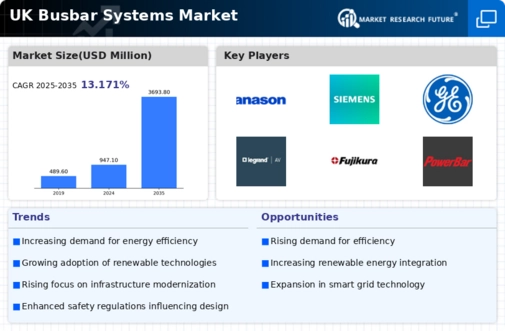
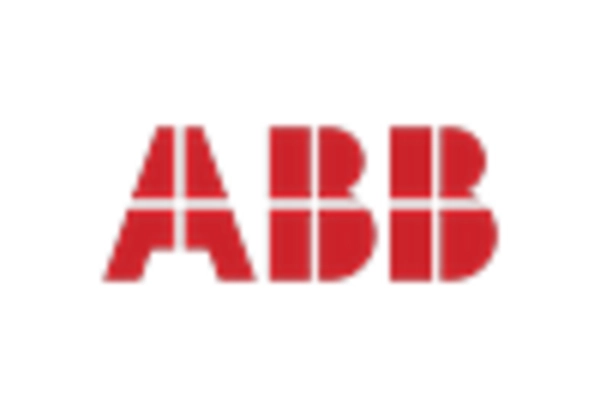

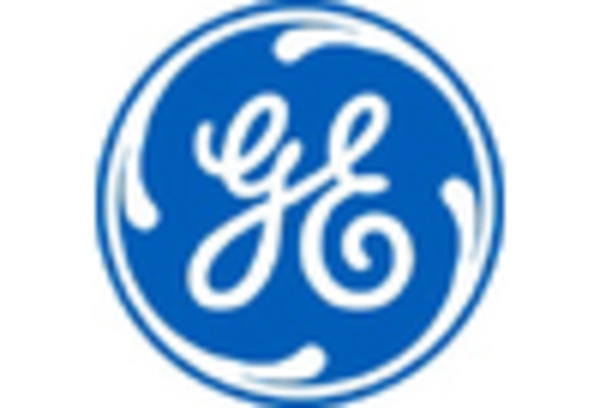
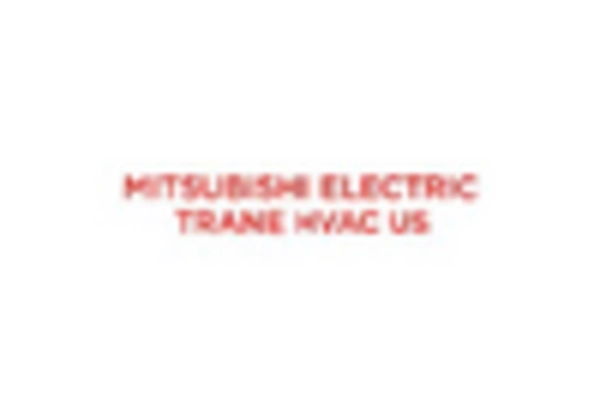
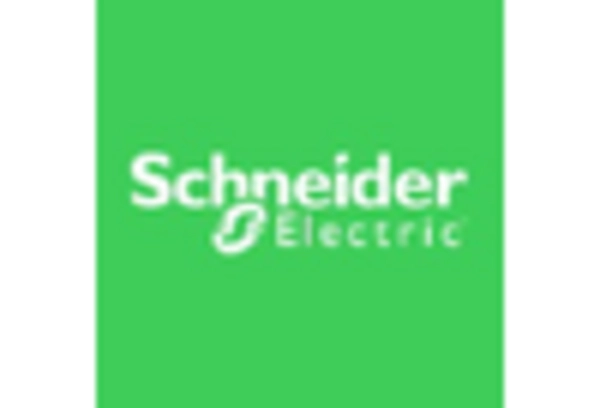
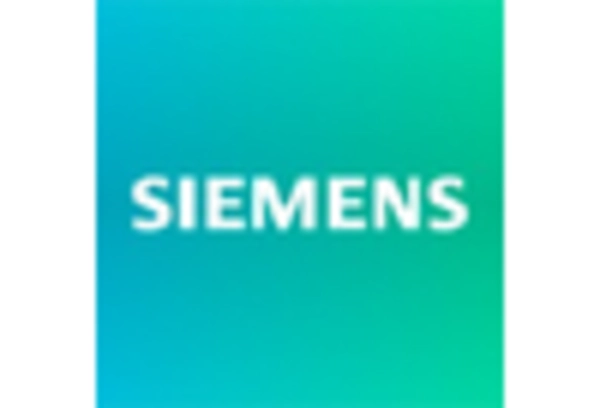








Leave a Comment